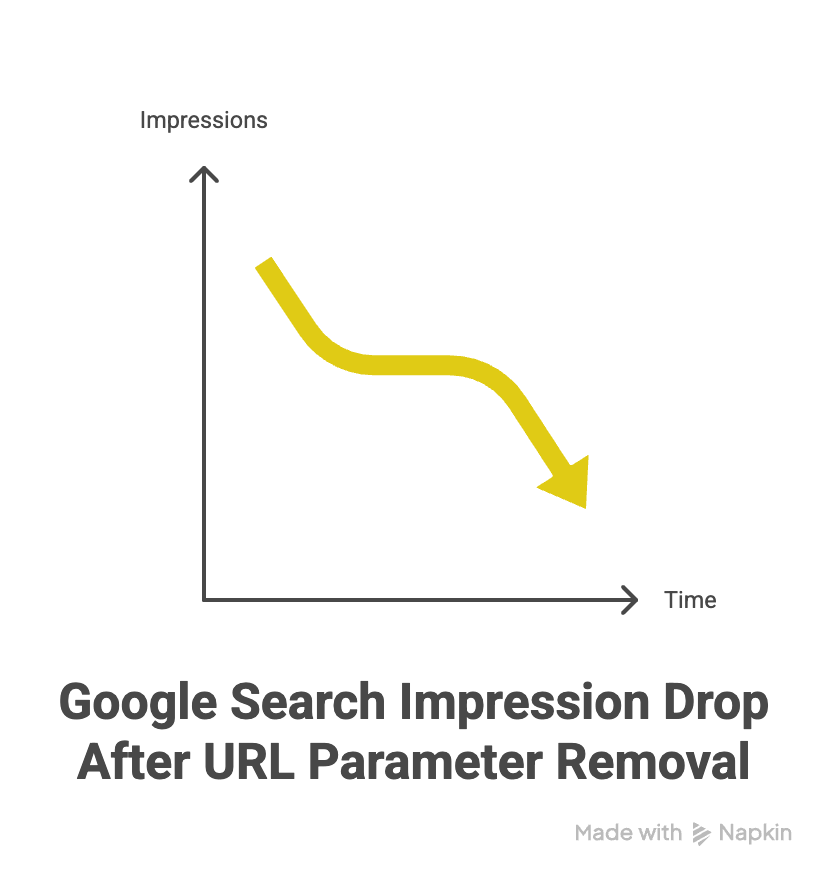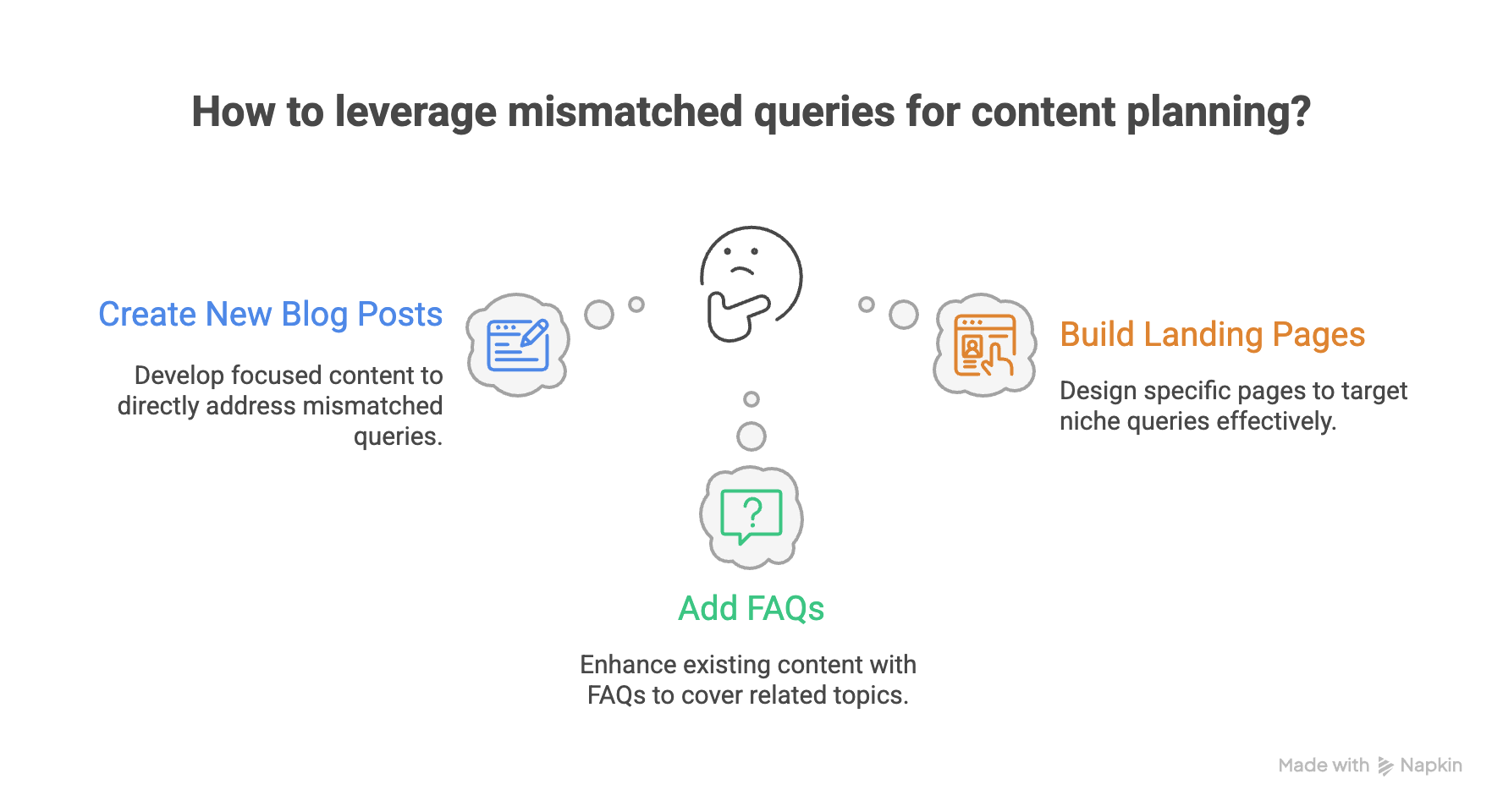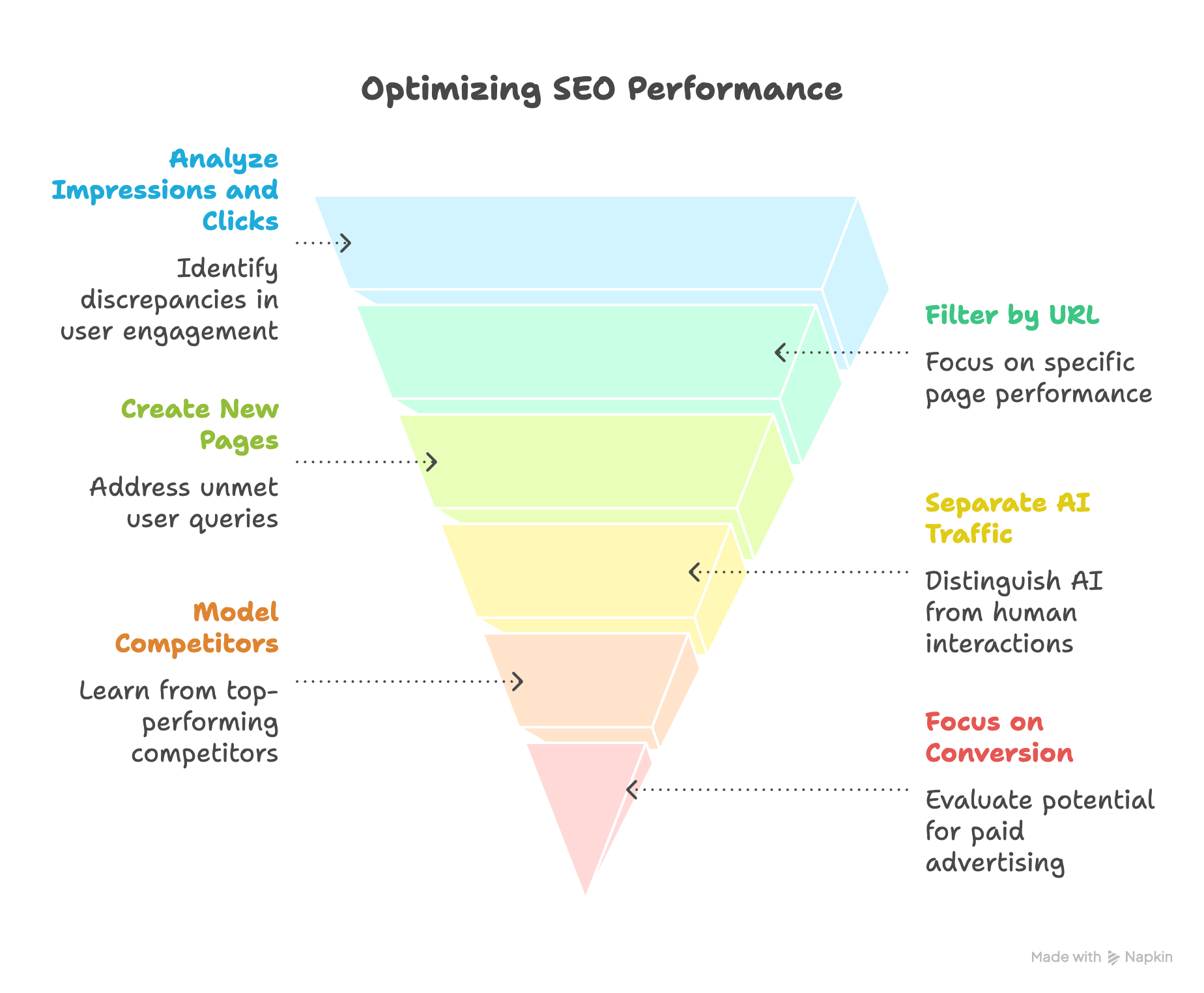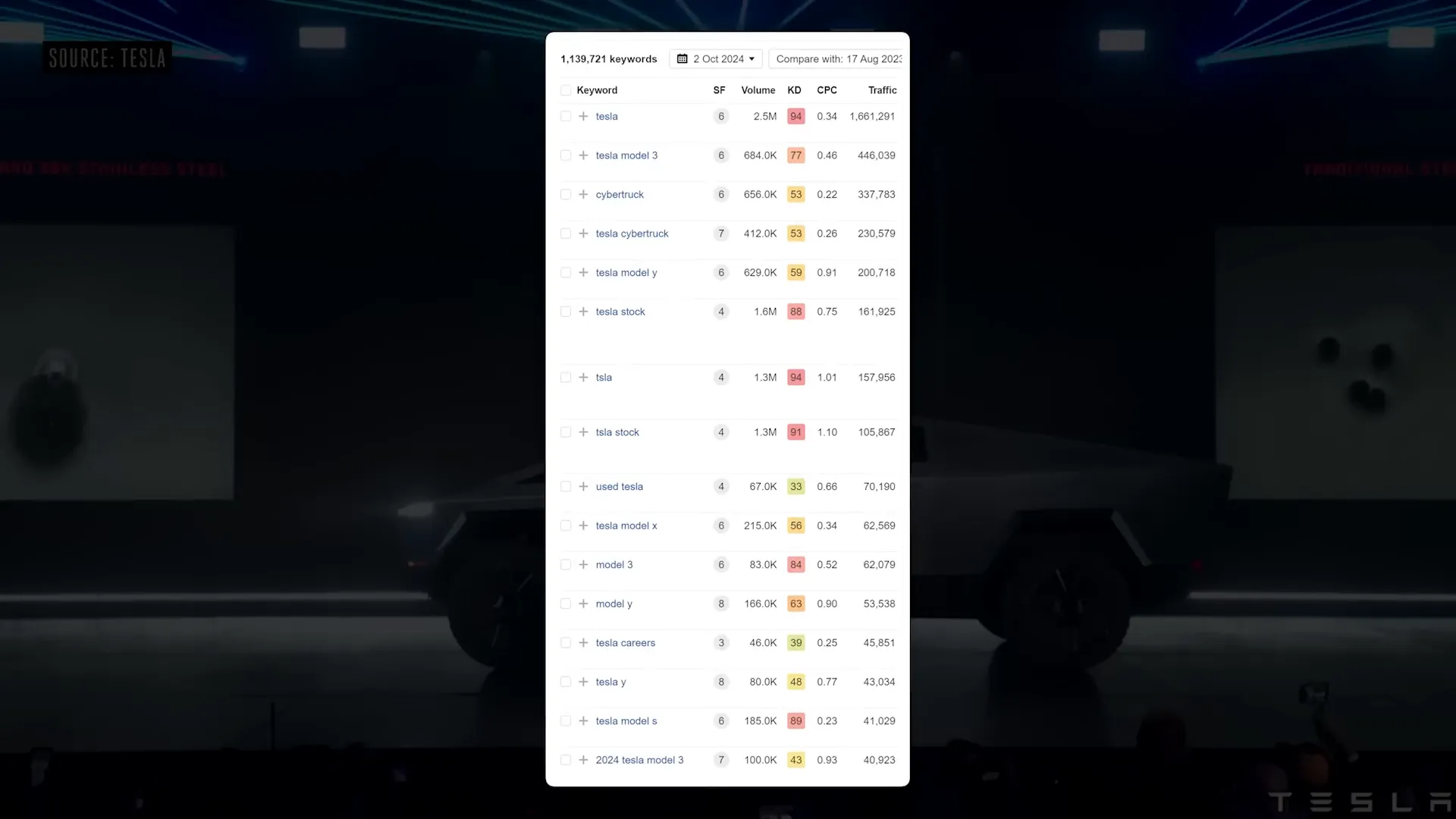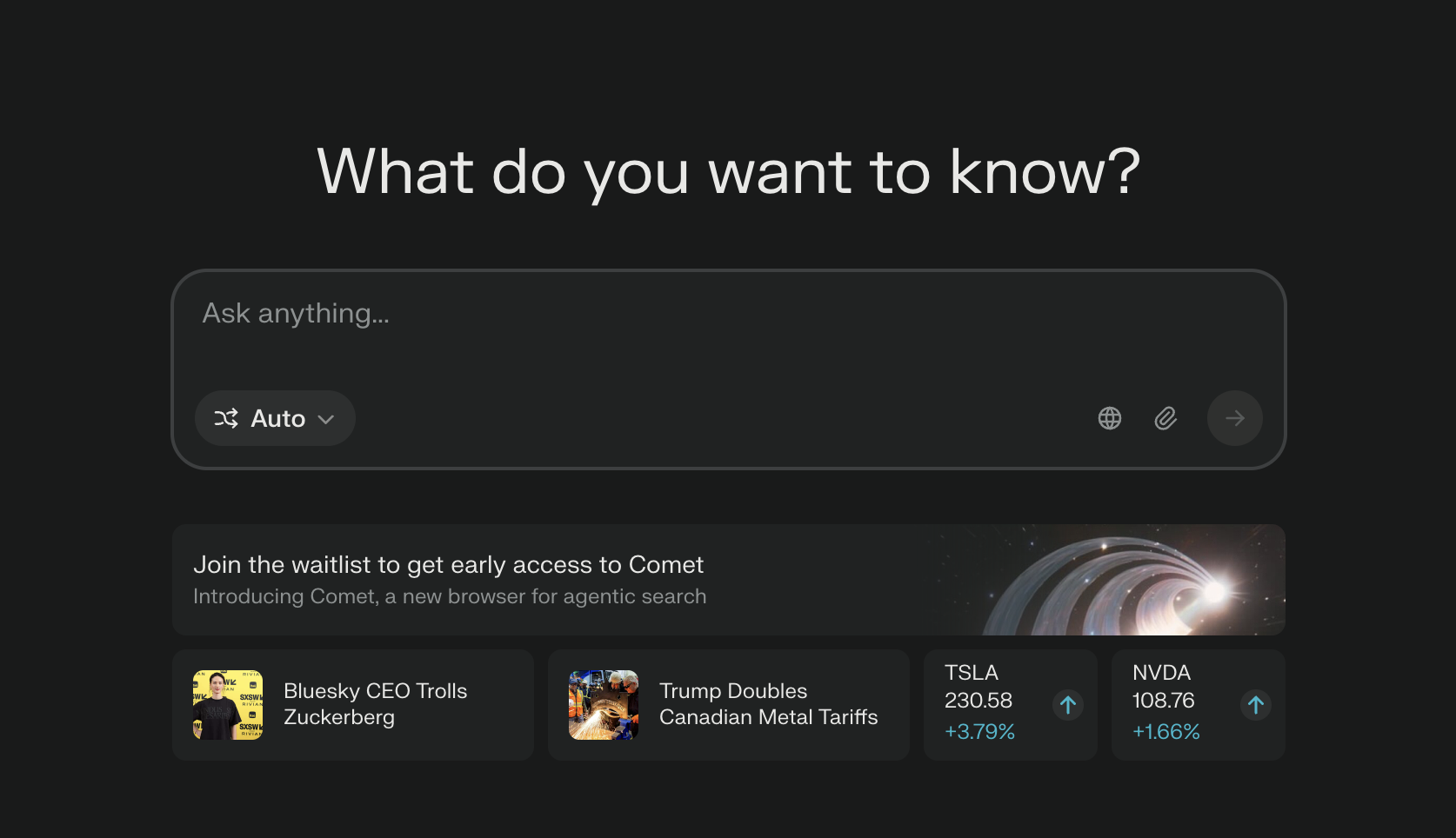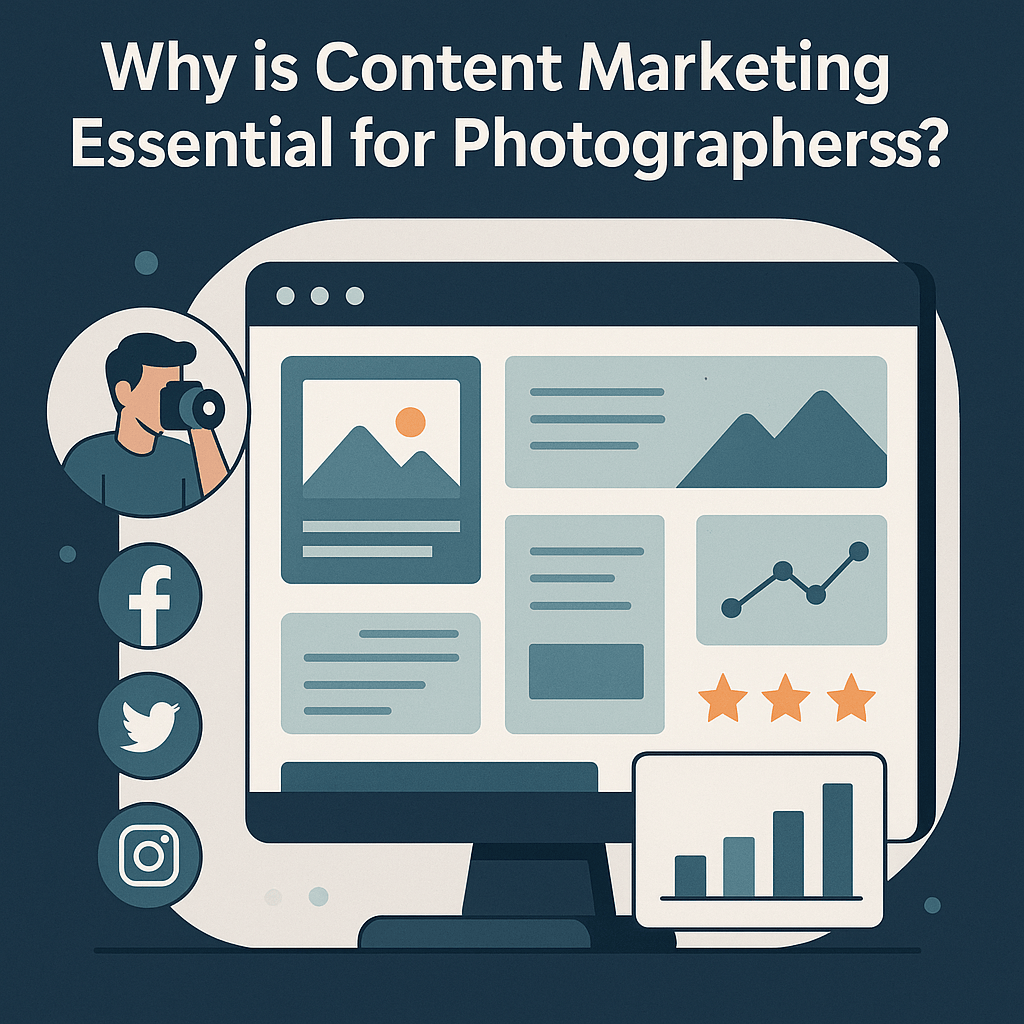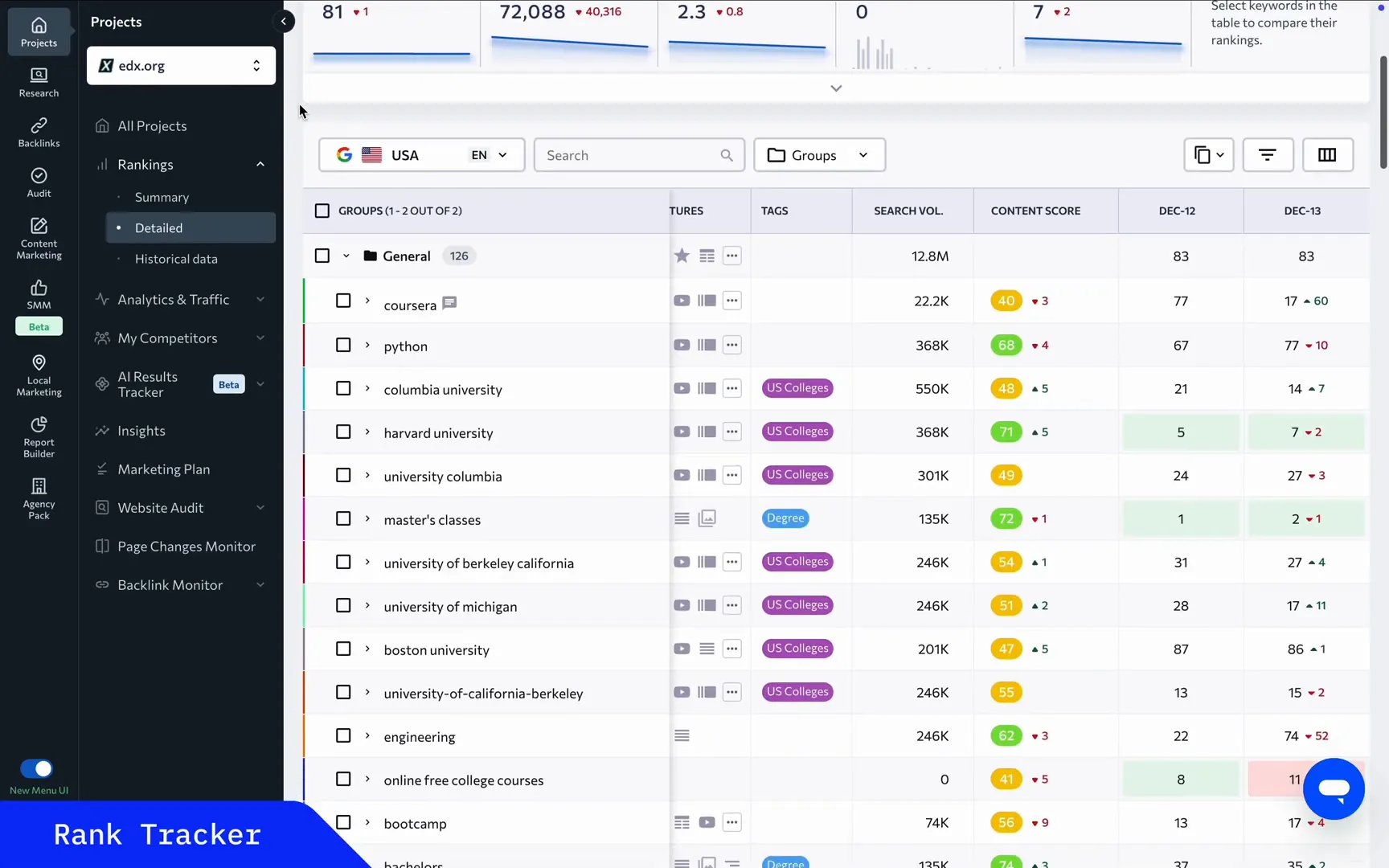TL;DR: In September 2025, Google stopped supporting the &num=100 search URL parameter, which used to display the top 100 results. This caused Google Search Console (GSC) impressions to drop sharply and average positions to rise. Don’t panic—this is mostly a data reporting shift. Focus on tracking by URL, separating AI and organic traffic, building topic-focused pages, and studying top competitors to protect your local visibility in Hawaii.
Introduction
If you run a small business in Hawaii—like a boutique hotel in Maui, a surf school on Oahu, or a shave ice truck on the Big Island—you may have seen something strange in Google Search Console lately. Your average position looks better, but your impressions dropped hard.
This isn’t a ranking miracle. In September 2025, Google removed a setting that let tools and users pull up to 100 results per page (&num=100). That means fewer impressions are being reported in GSC—especially for rankings beyond page one.
Here’s what changed, why it matters, and how Hawaii businesses can adapt to protect and grow search visibility.
1. Why Average Position Is Climbing (But It’s Not What You Think)
When GSC shows your average position going up, it feels like a win. But that jump can be misleading.
Before September 2025, Google let users see up to 100 results per page. Now, most searches only show the top 10–20 results. So if your site used to rank #47 and that result is no longer visible, GSC doesn’t count it—making your average position rise, even though your real visibility hasn’t changed.
What this means for you: A better average position might not mean higher rankings. Always check clicks and conversions before celebrating.
2. Google Dropped the &num=100 Parameter — Here’s Why That Matters
Up until early September 2025, you could add &num=100 to Google search URLs to pull up 100 results at once. SEO tools relied on this to scrape deep into search results and track rankings.
But now that Google removed that option, many tools lost access to rankings beyond page one. That’s why impressions dropped in your Search Console—even though your content is still indexed.
This change is confirmed by analysis from Search Engine Journal, which observed impression drops and scraping issues tied to the &num=100 deprecation.
What this means for you: If your tracking tool relies on deep scraping, expect disrupted reports. Use GSC and page-level metrics to fill in the gaps.
3. Not All Impressions Are Human — That Skews Your Reports
Here’s a stat that might surprise you: about half of all web traffic is from bots, not people.
A 2024 Imperva report found that nearly 50% of internet traffic is automated—things like scrapers, bots, or “bad bots” that mimic human activity.
For Hawaii businesses, this means older impression numbers were likely inflated by non-human traffic—especially on pages that ranked beyond the top 10.
What this means for you: The drop in impressions may reflect cleaner, more accurate data. Look at clicks and conversions, not just impressions.
4. Keywords Beyond Page One Still Matter — Here’s Why
Just because a keyword ranks on page 5 doesn’t mean it’s useless. In fact, those “almost there” keywords are gold for content planning.
Let’s say your page on “Hawaii tour packages” shows impressions for queries like “AI in travel marketing.” That query doesn’t fit the original page, but it’s a clear signal you should build a new, focused post on the topic.
Action step: Use GSC to find mismatched queries. Create new blog posts, FAQs, or landing pages to target those queries directly.
5. Track by URL, Not Just Keywords
It’s tempting to focus on single keywords. But SEO has moved on. Google looks at pages and topics, not just isolated terms.
Filter your GSC data by URL to see how a page performs across queries. If it’s underperforming, make it more helpful:
- Add local business details (address, hours)
- Add LocalBusiness schema
- Link to related content
- Include FAQs or reviews
Hawaii tip: If someone’s searching “Maui luaus for families,” they want a booking page, not a blog post. Match your content type to the search intent.
6. Use GA4 + GSC — And Separate AI Traffic
Today’s search isn’t just Google blue links. AI tools like Google SGE, Bing Chat, and travel assistant apps surface your content in answers—often without clicks.
Here’s how to track both types:
- Use GA4 for user behavior and bookings
- Use GSC for query data (but know its limits)
- Segment AI vs traditional traffic using dashboards in Looker Studio or Data Studio
Want to know if your Kauai tour descriptions show up in travel chatbots? You’ll need to start tagging AI referral traffic separately.
7. Study the Top 10 Competitors — Then Add Local Flavor
SEO tools like Rankability used to scrape the top 30+ results. That’s harder now. But you don’t need 30—just focus on the top 10 pages for your target keyword.
These are already ranking, so reverse-engineer them:
- What topics do they cover?
- What structure do they use?
- What intent do they serve?
Once you match that structure, stand out by adding local signals—Hawaiian culture, native terms, unique offerings, or mobile-first design for tourists.
Action Checklist for Hawaii Small Businesses
- Check GSC for impression drops and compare with clicks
- Filter by URL to get true page performance
- Create new pages for mismatched queries (e.g. AI, FAQs, penalties)
- Use GA4 + GSC with a dashboard to separate AI traffic
- Model the top 10 competitors for each keyword—then go local
- Focus on conversion: Would you run a paid ad to that page for that query?
- Update your SEO tools—some reports may be broken until they adapt
FAQ
Q: Should I worry if my GSC impressions dropped by 50%?
Not right away. If your clicks and bookings are steady, the drop is likely from Google’s change to the &num=100 parameter and cleaner bot filtering.
Q: Are keywords outside page one worthless?
No! They show where you’re close to ranking. Use them to plan content that fills those gaps.
Q: How do I track AI-driven traffic?
Use GA4 and Looker Studio to build a custom dashboard. Tag known AI referrers and measure impressions in tools like Google SGE. Learn how from Digital Reach.
Q: Should I ditch rank-tracking tools?
Not yet. Just switch to top-10 analysis and URL-level tracking. Focus on traffic and conversions, not rank positions.
Conclusion
The removal of Google’s &num=100 parameter in September 2025 caused a sharp shift in how impressions show up in GSC and SEO tools. But that doesn’t mean your content is performing worse.
For Hawaii businesses, this is a chance to:
- Track smarter
- Clean up keyword targeting
- Build better content
- Understand both AI and organic search
Focus on real users and conversions, not just impressions—and you’ll keep your rankings strong, even as the tools change.
Credits: This post adapts insights from Digital Reach, a marketing firm specializing in Hawaii SEO. For local tourism tips, schema help, and AI search dashboards, check out their Hawaii SEO Guide.

